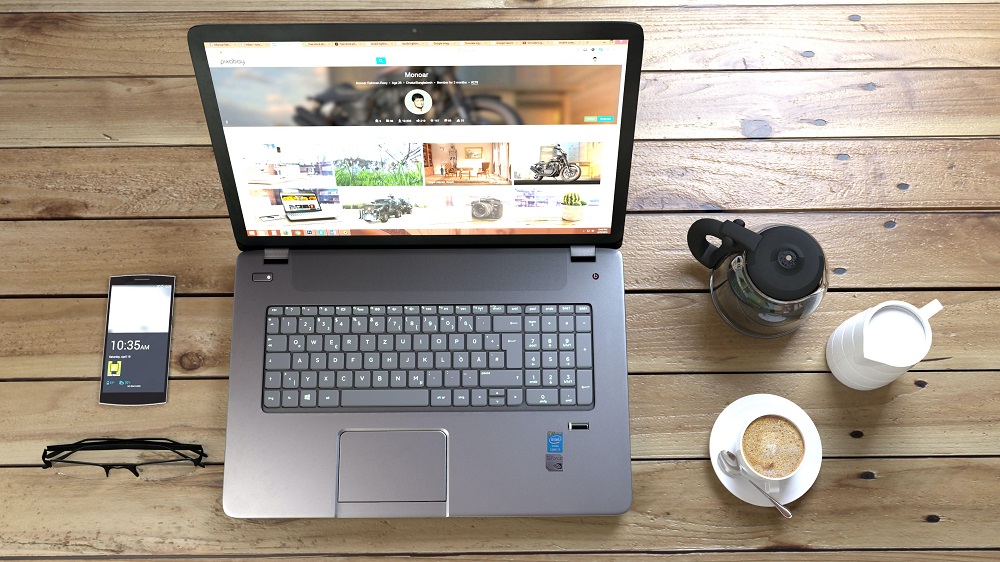Photo by Monoar Rahman
Web design is a crucial aspect of creating an online presence. It’s a process of planning and creating a website that is aesthetically pleasing, user-friendly, and meets the needs of the business and its audience. While there are many elements of web design that are important, there are a few key things that stand out as the most crucial. In this article, we’ll explore what we believe to be the most important things in web designing.
1. User Experience (UX)
User experience (UX) is one of the most crucial elements of web design. It’s the way a user interacts with a website and how easy or difficult it is for them to navigate, find the information they need, and complete the desired action. A website with a great UX is more likely to engage users and encourage them to stay longer, explore more pages, and come back in the future.
To ensure a great UX, web designers need to think about the user journey and what they want the user to do on the website. Navigation, layout, and content placement should all be designed with the user in mind. Good UX also means ensuring that the website is mobile-friendly and accessible to users with disabilities.
2. Visual Design
Visual design is another critical element of web design. It’s the aesthetics and overall look and feel of the website. A visually appealing website can help engage users and keep them on the website longer. The visual design should reflect the brand identity and communicate its values and message to the audience.
Web designers need to consider several visual design elements, such as color, typography, imagery, and layout, to create a cohesive and visually appealing website. The visual design should also be consistent throughout the website and reflect the business’s style and tone.
3. Content
Content is a crucial element of web design. The website’s content should be engaging, informative, and relevant to the target audience. It should also be easy to read and understand. Good content can help build trust and credibility with the audience and encourage them to take the desired action.
Web designers need to ensure that the website’s design supports the content and makes it easy to read and find. They also need to consider the tone and style of the content and ensure that it reflects the brand identity.
4. Navigation
Navigation is another crucial element of web design. It’s how the user moves around the website and finds the information they need. Good navigation can help users find what they’re looking for quickly and easily, reducing frustration and encouraging them to stay longer on the website.
Web designers need to ensure that the navigation is intuitive and easy to use. They should consider the user journey and what the user wants to achieve on the website, and design the navigation accordingly. Good navigation should be consistent throughout the website and reflect the business’s style and tone.
5. Performance and Speed
Performance and speed are critical elements of web design. A slow website can frustrate users and lead to a poor user experience. The website’s performance and speed should be optimized to ensure that it loads quickly and efficiently.
Web designers need to consider several factors that can impact the website’s speed, such as the website’s size, the hosting provider, and the type of files used on the website. They should also ensure that the website is optimized for mobile devices and has a responsive design that adapts to different screen sizes and resolutions.
In conclusion, web design is a crucial aspect of creating an online presence. The most important things in web designing are user experience (UX), visual design, content, navigation, and performance and speed. Good web design should consider the user journey and what the user wants to achieve on the website, reflect the brand identity, and ensure that the website is easy to use, engaging, and informative. By prioritizing these elements, web designers can create a successful website.
